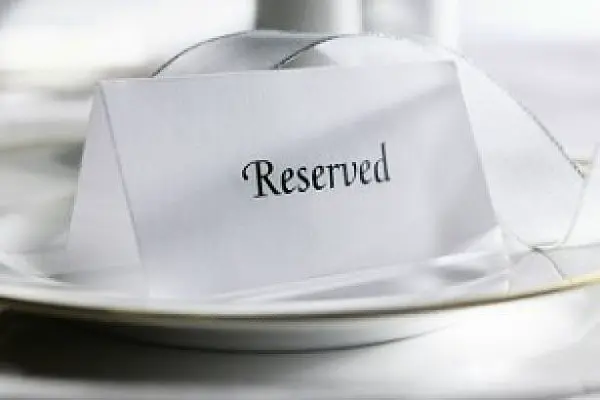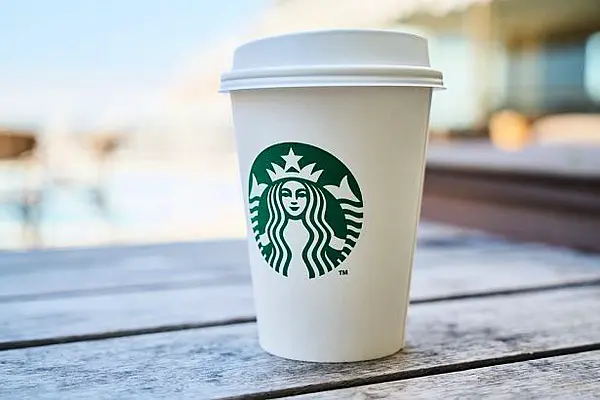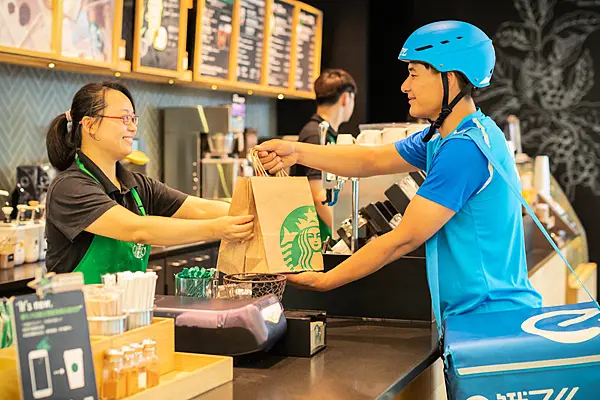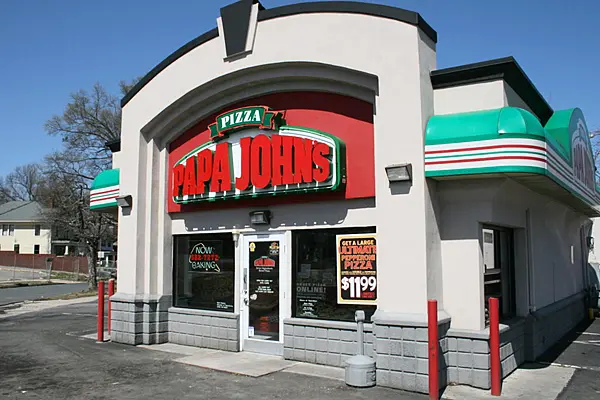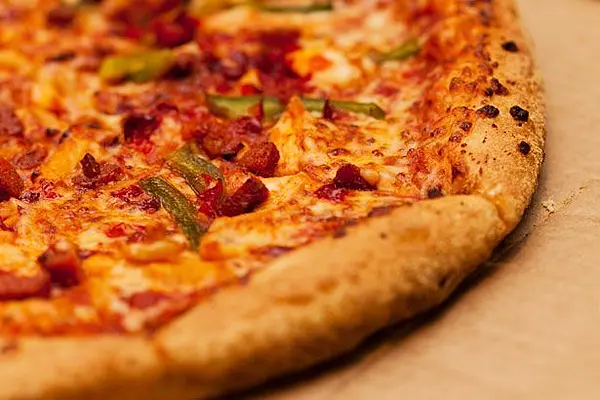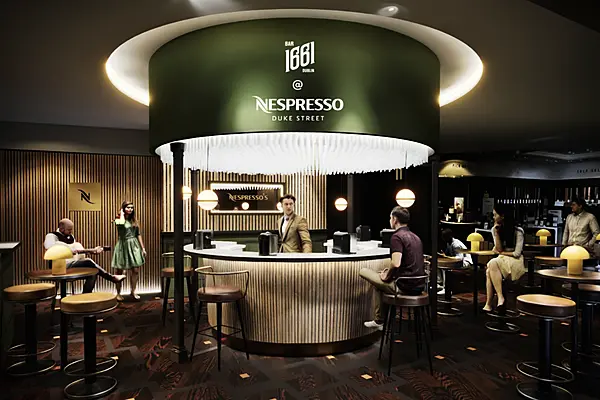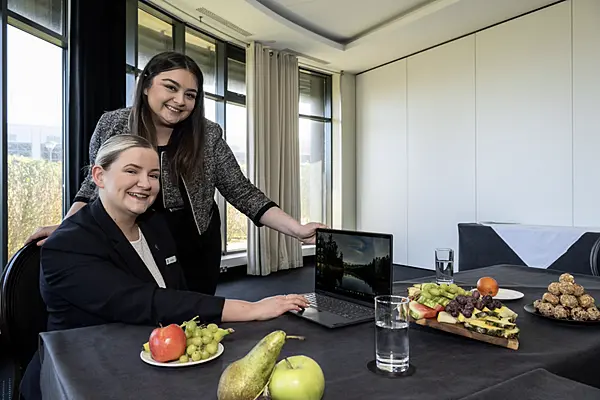It's never smart to keep hungry people waiting for their food. They turn "hangry."
No one has mastered this idea better than Chinese takeout restaurants, which have put a premium on speed ever since they emerged in the 1800s. That's when a wave of Chinese immigrants came to the US and opened up cheap and cheerful restaurants catering to miners and railroad workers. They became an American staple, catering to busy customers who wanted to grab their Chicken Sesame and skedaddle.
It's a lesson fast-food joints and casual dining restaurants would be wise to digest. Especially now that they are counting more than ever on sales from takeout and delivery.
These chain restaurants have had a rough time lately, as price wars, labor-cost hikes, and cheaper grocery items bite into sales. Takeout and delivery have been rare bright spots for this industry, driving sales for everyone from Starbucks Corp. and Jack in the Box Inc. to Buffalo Wild Wings Inc. and The Cheesecake Factory Inc. Earlier this month, McDonald's Corp. announced it would roll out mobile ordering and delivery across all its US locations.
U.S. consumers ordered $31 worth of food, on average, with each delivery order in the fourth quarter, according to a 1010data analysis of third-party food-delivery services.
But as many of these traditional restaurant chains weren't built with delivery or takeout orders in mind, there are bound to be hiccups.
At a UBS retail conference Thursday, Starbucks said the rapid rise of mobile orders contributed to lower-than-expected fourth-quarter sales at the coffee giant . Some stores got so jammed up with orders and customers that it deterred potential walk-ins. Starbucks is trying to figure out how to get the drinks flowing faster to move customers along. On a trial basis in some locations, it's sending mobile-ordering customers to one part of a store and walk-ins to another.
Likewise, as Chipotle Mexican Grill Inc. struggles to rebound from its food-safety crisis, it has revamped its online ordering, pickup, and delivery options. But that's slowing down the process of getting customers through stores, elongating wait times for people who come in to order a burrito.
It doesn't have to be this way.
Instead of trying to serve two different kinds of customers in one store location, restaurants should consider opening or converting less-profitable locations to food-delivery centers entirely devoted to takeout and delivery orders.
These would look like centralised kitchens and could be placed in lower-rent locations, with fewer employees doing nothing but preparing meals for takeout or delivery. No hostesses, servers or busboys are necessary. Food-safety issues might be even easier to contain with fewer people handling meals.
This would also help prevent third-party delivery services such as Uber Eats, Doordash and Deliveroo from interrupting the traffic flow at dine-in locations.
The trend has taken off in the UK, where the growth in home delivery and takeaway has lately outpaced growth in dine-in restaurants, according to Euromonitor. For example, when deliveries became such a big part of business at London rotisserie Clockjack, it opened a separate outpost catering just to delivery customers.
In the US, Green Summit Group has launched a series of virtual eateries, or "ghost restaurants," that operate food delivery services out of central commissaries in cities such as New York and Chicago.
Green Summit's Peter Schatzberg told Fast Company in January that "a restaurant like Chipotle or Pret A Manger has to dedicate 75 percent of their space to seating, while 90 percent of their customers just grab and go."
These early, delivery-only restaurants have run into some challenges -- getting noticed, for one thing. Many pay big fees to Seamless to reach customers who can't just discover them and stroll in for a bite.
But big, well-known chains such as Chili's and Chipotle wouldn't have that problem. Their customers would just be glad to get their grub fast, no matter where it came from -- even if it doesn't come with a fortune cookie.
This column does not necessarily reflect the opinion of Bloomberg LP and its owners.
News by Bloomberg, edited by Hospitality Ireland
